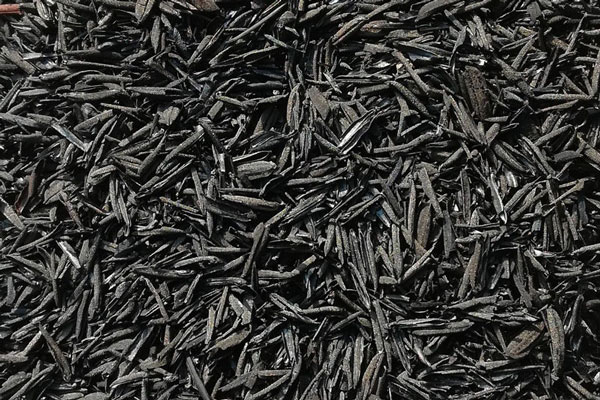Biochar in Construction: Emerging Applications from Production Plant Outputs

As construction industries pivot toward low-carbon materials and circular economy frameworks, biochar is gaining traction as a multifunctional additive. Derived from thermochemically converted biomass, biochar offers a unique combination of structural, thermal, and environmental benefits. Outputs from modern biochar production equipment are increasingly finding roles in cementitious materials, insulation, and geotechnical applications.
Functional Characteristics of Construction-Grade Biochar
Biochar is produced through pyrolysis—a controlled, oxygen-limited decomposition of organic biomass. The resulting carbon-rich solid is characterized by high porosity, large surface area, and persistent carbon content. These properties contribute to its capacity for moisture regulation, pollutant adsorption, and thermal insulation.
When sourced from advanced biochar pyrolysis equipment, the product can be engineered to meet construction-grade standards. Reactor temperature profiles, residence time, and feedstock selection are tuned to influence pore structure and carbon crystallinity, which in turn affect compressive strength and durability when used in composite materials.

Cement and Concrete Modification
In cement-based construction, biochar functions as a partial replacement for fine aggregates or supplementary cementitious material. Its inclusion improves water retention during curing, refines pore structure, and can reduce overall cement demand. This leads to lower embodied energy in concrete mixes and enhances sustainability credentials.
Studies have shown that biochar incorporation up to a certain percentage can improve freeze-thaw resistance and mitigate alkali-silica reactivity. Additionally, its high internal surface area promotes microbially induced calcite precipitation when used in self-healing concrete systems, opening novel avenues in bio-enhanced infrastructure.
Lightweight Construction Panels and Insulation
Biochar derived from a biomass pyrolysis plant is also utilized in lightweight wall panels and eco-insulation boards. Its low density and inherent thermal resistance make it suitable for passive thermal management in buildings. When blended with natural binders such as lime or clay, biochar-infused panels offer fire resistance and improved indoor air quality due to VOC adsorption capabilities.
Moreover, its carbon-sequestering property allows such building components to act as carbon sinks, storing atmospheric CO₂ in a stable solid form for decades. This characteristic aligns with net-zero construction mandates and green certification programs.

Soil Stabilization and Road Base Reinforcement
In geotechnical applications, biochar serves as a stabilizing additive in road sub-bases and foundation layers. Mixed with native soils, it enhances compaction behavior, reduces swelling in clay-heavy substrates, and improves load-bearing capacity. Outputs from precision-engineered biochar production equipment ensure uniformity in particle size and chemical composition, crucial for large-scale civil works.
When treated with binding agents such as fly ash or cement kiln dust, biochar-based subgrades exhibit improved hydraulic conductivity and long-term structural resilience.
Conclusion
The construction sector is rapidly embracing carbon-smart materials to meet evolving regulatory and environmental standards. Biochar, produced using modern Beston Group biochar pyrolysis equipment and biomass pyrolysis plant infrastructure, represents a scalable, high-impact solution. Its ability to enhance material performance while contributing to carbon sequestration places it at the forefront of sustainable construction innovation. As production technology advances and application testing continues, biochar is set to redefine how built environments interact with ecological systems.